News WOSCU
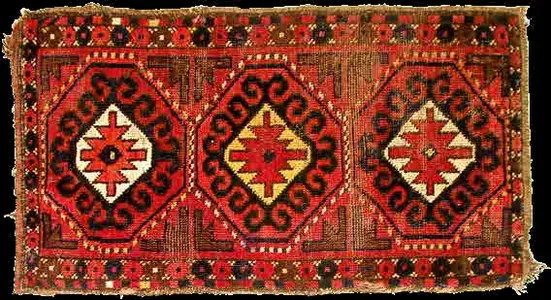
Carpet making of Uzbek tribal groups Samarkand region
The largest carpet suppliers to the markets of the Emirate’s biggest cities – Bukhara and Samarkand – were the Turkmen from the Middle Amu Darya, and the Kashkadarya Arabs.
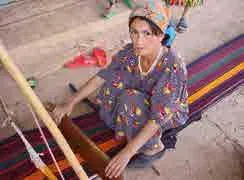
Materials and technologies used for making woven carpets
Lamb wool was used most often for woven carpet weaving (sometimes goat and camel wool), as well as cotton yarn.
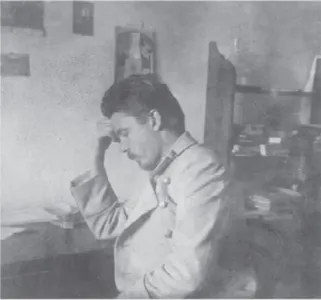
Did you know that one of the first Russian explorers of Central Asia was a hydraulic engineer, archaeologist, geographer and botanist Dmitry Demyanovich Bukinich?
D.D. Bukinich was the first European who passed Kafaristan (the historical name of the territory of the modern Afghan province of Nuristan) from north to south as part of an expedition to Afghanistan in 1924, which was led by the famous scientist and geographer Nikolai Ivanovich Vavilov.
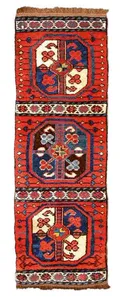
Local carpet products
Local carpet weaving stood out with its wide variety of items and richness of artwork.
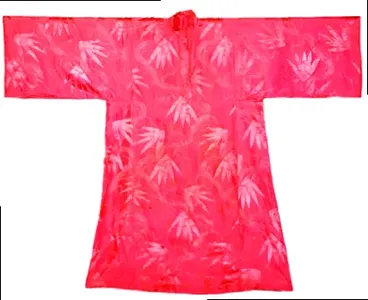
The ritual of changing a girl's dress to a woman's in Tashkent and Fergana
Tashkent has a sacral rite whereby a virgin changed into a women’s dress right after nikoh marriage ritual and she arrived in her husband home wearing a women’s dress.
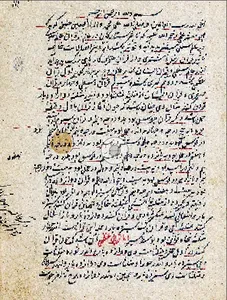
The exact and natural sciences
The al-Biruni Institute of Oriental Studies of the Academy of Sciences of the Republic of Uzbekistan was founded in 1943 on the basis of the Oriental Department of the State Public Library of Uzbekistan (now the Alisher Navoi National Library).
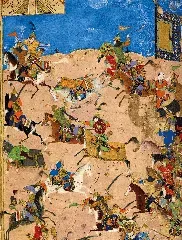
How did Kamal ud-din Behzad depict the battle scenes in the illustration for Nizami’s final book “Khamsa”, “Sharaf-name yi-Iskandari”?
"Sharaf-name yi-Iskandari" is the final book of the Khamsa by Nizami, and this illustration, painted by the great artist Kamal ud-din Behzad, who received the name "Raphael of the East", depicts battle scenes of the epic.

Mathematical manuscripts
The al-Biruni Institute of Oriental Studies of the Academy of Sciences of the Republic of Uzbekistan was founded in 1943 on the basis of the Oriental Department of the State Public Library of Uzbekistan (now the Alisher Navoi National Library).
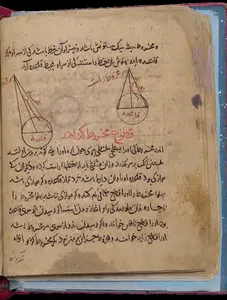
Astronomy
In the Middle Ages, astronomy and astrology stood high in the Oriental people’s esteem.
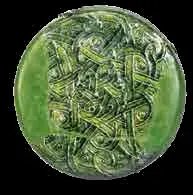
Did the masters of Mavarannahr imitate the Chinese style?
In the 11th century in Mavarannahr, a set of ceramics was made under transparent yellow glaze covering painting in brown, red and olive green, as an imitation of the famous lustrous vessels of the Middle East (which, in turn, imitate the golden dishes).
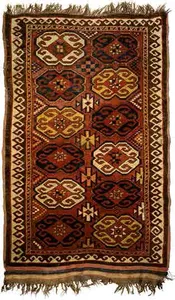
Patterns of Carpets of the 19th – early 20th centuries: Cult and Religious Beliefs
A carpet’s pattern is sort of a text, where almost every element symbolizes a certain idea or item.
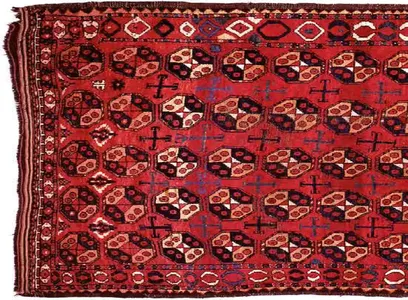
Short-pile carpets
Short-pile (sheared) solid-woven carpets make up a small, yet markedly expressive group of Uzbek textiles.

Carpet weaving in the 19th – early 20th centuries
In the late medieval period there were three states in the territory of modern Uzbekistan: the Emirate of Bukhara and the Khiva and Kokand Khanates.
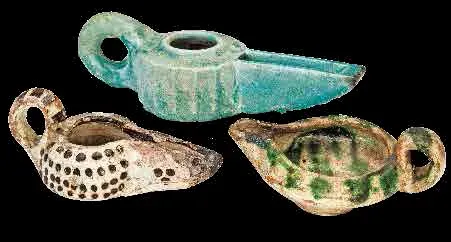
What paints and glazing methods were used in ancient ceramics?
In the early stages of the ceramic production of Central Asia, alkaline and tin-lead glazes were used.
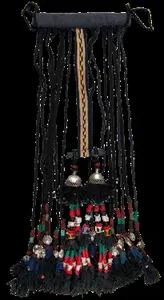
National jewelry kept in a museum in Warsaw
The collection of the Asia and Pacific Museum in Warsaw contains only three jewellery pieces.

The Parisiennes of the East
The richness and diversity of traditional Uzbek costumes was memorialised in the journals of European merchants visiting oasis cities in the 19th century and exquisite photographs capturing the life of Central Asian people taken by foreign photographers travelling across the region: Polish officer of the tsarist army Leon Barszczewski (1849 – 1910) and Russian photographer Sergey Mikhaylovich Prokudin-Gorsky (1863 – 1944), as well as the fest Uzbek photographer Hudaibergen Divanov (1878 – 1938).
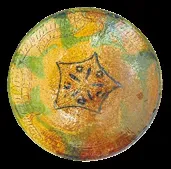
2,000-year-old vessels discovered in Afrasiab
The oldest centre of ceramic production was discovered near the contemporary city of Samarkand, in Afrasiab.

The uniqueness of Fergana ceramics
The fertile Fergana Valley running between the Tian Shan and the Altay Mountains along the Syr Darya, divided between today’s Uzbekistan, Tajikistan and Kyrgyzstan, remains the largest ceramic production centre with centuries-old traditions.

What was included in a woman's costume in Tashkent?
The costume consisted of a shirt dress, shalwar (baggy pants); outer clothes included a mursak and a ton; a paranja was worn for outdoor clothing; headwear consisted of a variety of headscarves; makhsi and galoshes; and jewelry.

What necklaces did Tashkent women like?
The most favorite jewelry of Tashkent women were coral necklaces worn in several rows.
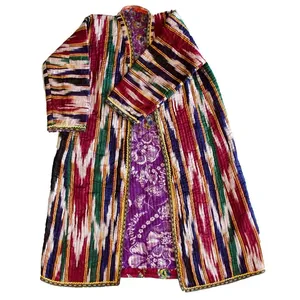
What are the main differences between women's chapan?
A female chopon did not differ from men’s in terms of the cut, but it had long and narrower sleeves.
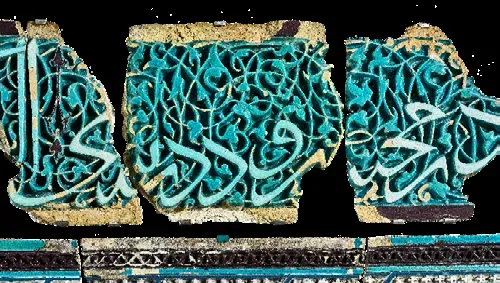
When and where was the technique of carved glazed terracotta invented?
The technique of producing carved glazed terracotta, whereby the decoration to appear on the tile is carved in the clay, was developed independently in Central Asia not long before the Temurid era (1370 – 1506).
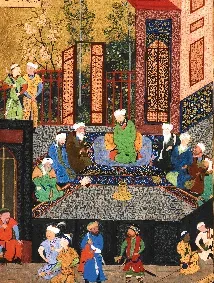
How is the splendor of the kings expressed in the miniature “Iskandar and the Seven Sages”?
The Greek commander Alexander the Great was considered not only a successful warrior, a just king, but also a philosopher.
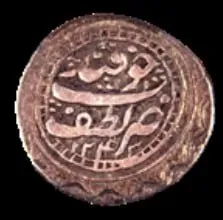
Coins of the khans of Kokand
The monetary unit has always been important in determining the place of each state in economic and trade relations, as well as its independence.
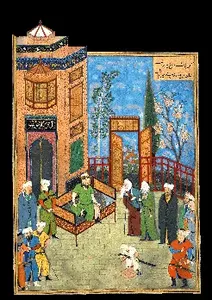
A miniature that “united” the “disobedient” princes Shah Hormuzd and Sultan Husayn Boykara
In Nizami's poem Khosrow and Shirin, to which this miniature is made, Shah Hormuzd, Khosrow's father, decides to punish his son for taking part in a drinking party, but on the advice of the elders forgives the repentant young man.
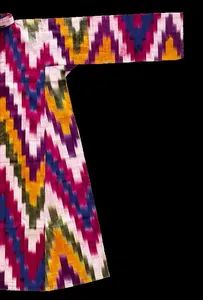
Unusual methods of making fabric
The art of making silk fabric flourished in the cities-oasesis, located on the routes of the Great Silk Road.
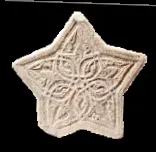
What kind of “star” from the Ulugh Beg Madrasa is located in Berlin?
In 1923 the Berlin museum received a marble panel as a gift, shaped like a star and embellished with a finely worked bas-relief.
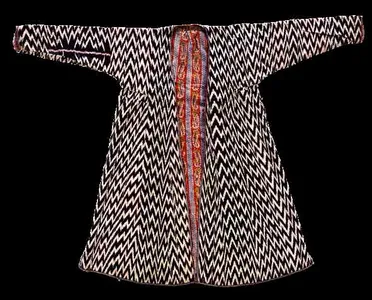
How did the inhabitants of the cities located along the routes of the Great Silk Road dress?
The main type of men's outerwear in the cities-oasesis, located on the routes of the Great Silk Road was chapan.
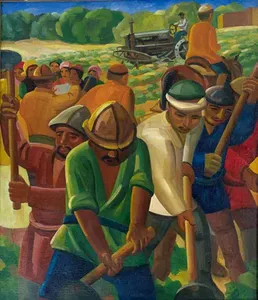
Bright creative representatives of the avantgarde in Central Asia
The researchers noted: “The stylistic innovations of Alexander Volkov continued the traditions of the Russian Post-Cubism that made adjustments in the traditions of the founders of this direction – the French Cubism artists, including Georges Braque and Pablo Picasso.
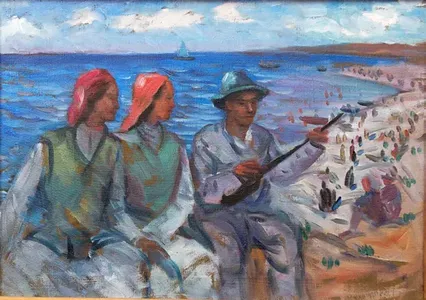
What was the uniqueness of the Turkestan avant-garde?
The uniqueness of the Turkestan avantgarde was the fact that it got acquired the experience and achievements of the Russian avantgarde (and the Russian avantgarde, in turn, acquired the European experience) with the artistic experience of the Central Asian traditional culture.

Creation of a national school of fine arts in Uzbekistan
In the 1920s, the formation of the national school of fine arts in Uzbekistan occurred.
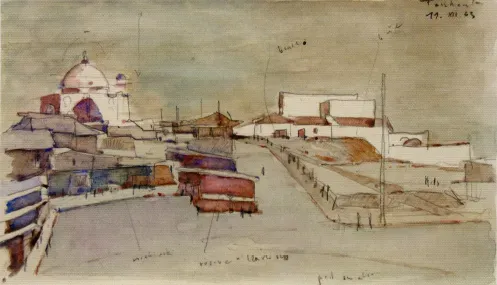
Uzbekistan through the eyes of a Polish artist
Stanisław Poznański’s works created during his trip to Uzbekistan were exhibited in Warsaw in 1970, then travelled to Kraków and other cities across Poland.
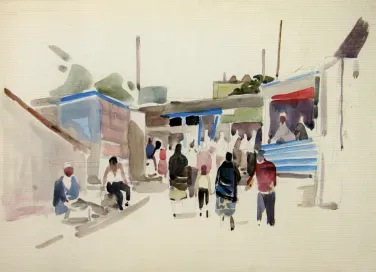
Polish artist inspired by the Central Asian region
Apart from the material culture of Asia and Oceania, the Museum holds works by Polish artists inspired by the region.
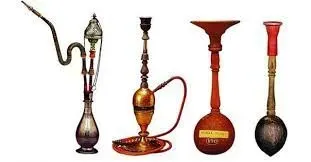
A 19th-century water pipe housed in the Asia and the Pacific Museum
In the collection of the Asia and Pacific Museum, in addition to the various metal vessels commonly used in Uzbek homes, there are also other items made of metal, such as the chilim water pipe MAiP 17761, dated to the 2nd half of the 20th century.
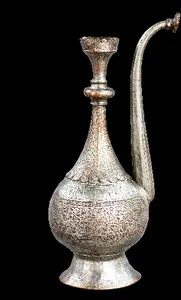
Uzbek custom of drinking tea
In the second half of the 19th century, the custom of drinking tea was widespread in Central Asia.
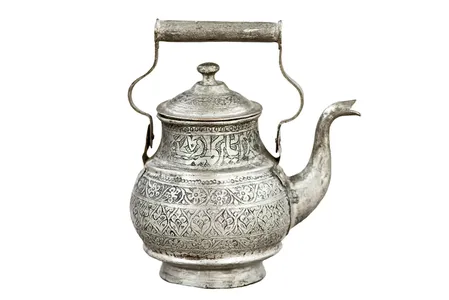
Bride's dowry which was not honored without copper vessels
Some of the copper embossed items were kumgans or vessels for making tea, oftoba and dastshui or washing utensils and others which were considered mandatory in the wedding dowry.
